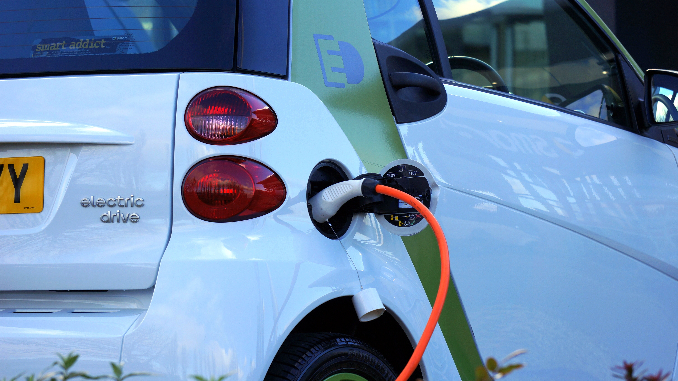The push for electric cars amid environmental concerns has made lithium a hot product. It is one of the base minerals for battery technology.
There has been a growing demand for rechargeable lithium-ion batteries used in portable electronic devices (such as smartphones, tablets, and laptops.), electric cars and electric tools. Currently, the price of lithium is around NZ$15000 per tonne but due to extraordinary demand, its price even reached NZ$50,000 for some time.
That lithium’s demand is skyrocketing can also be gauged from an estimate by consulting firm McKinsey. The demand will grow from an estimated 500,000 tonnes in 2021 to as much as 3.8 million tonnes by the end of the decade.
Direct Lithium Extraction (DLE)
According to the McKinsey report, alongside conventional lithium supply, direct lithium extraction is going to be the driving force so that the industry can respond more swiftly to the soaring demand and in a more sustainable way.
Most conventional mining projects are not eco-friendly. The traditional way is damaging to the environment. It generates a lot of carbon dioxide. It is believed that for one tonne of lithium extracted, 15 tonnes of carbon dioxide are generated. Even some of the direct extraction methods of using brine leaves behind brine salts.
New technology within the DLE method
There is a new method for extracting lithium. It extracts fluid from underground, separates minerals from water, and then returns it back to the ground. Through this method, the carbon dioxide emitted is significantly lower. This method has already been tried with silica and is now being tried on lithium. Can this be a game-changer?
A New Zealand-based company has developed this technology whereby, it will extract this mineral from geothermal liquid economically and supply it to the EV battery market worldwide.
The Company used this method for silica to produce electricity. The Company is called Geo40 and has been getting colloidal silica from the geothermal fluid at scale. The Company extracts fluid from underground, splits minerals and water and returns the fluid back.
Geo40 uses a different method and is the first to get colloidal silica from the geothermal fluid at scale. The Company extracts fluid from underground, splits minerals from water and returns the fluid back. The company plans to utilise this technology for lithium and silica extraction and collaborate with big firms on developing it further.
At geothermal power generation sites, there is a need to develop direct lithium extraction (DLE) technology with the highest possible recovery rate. The new technology makes it possible to get a 90% recovery rate.

